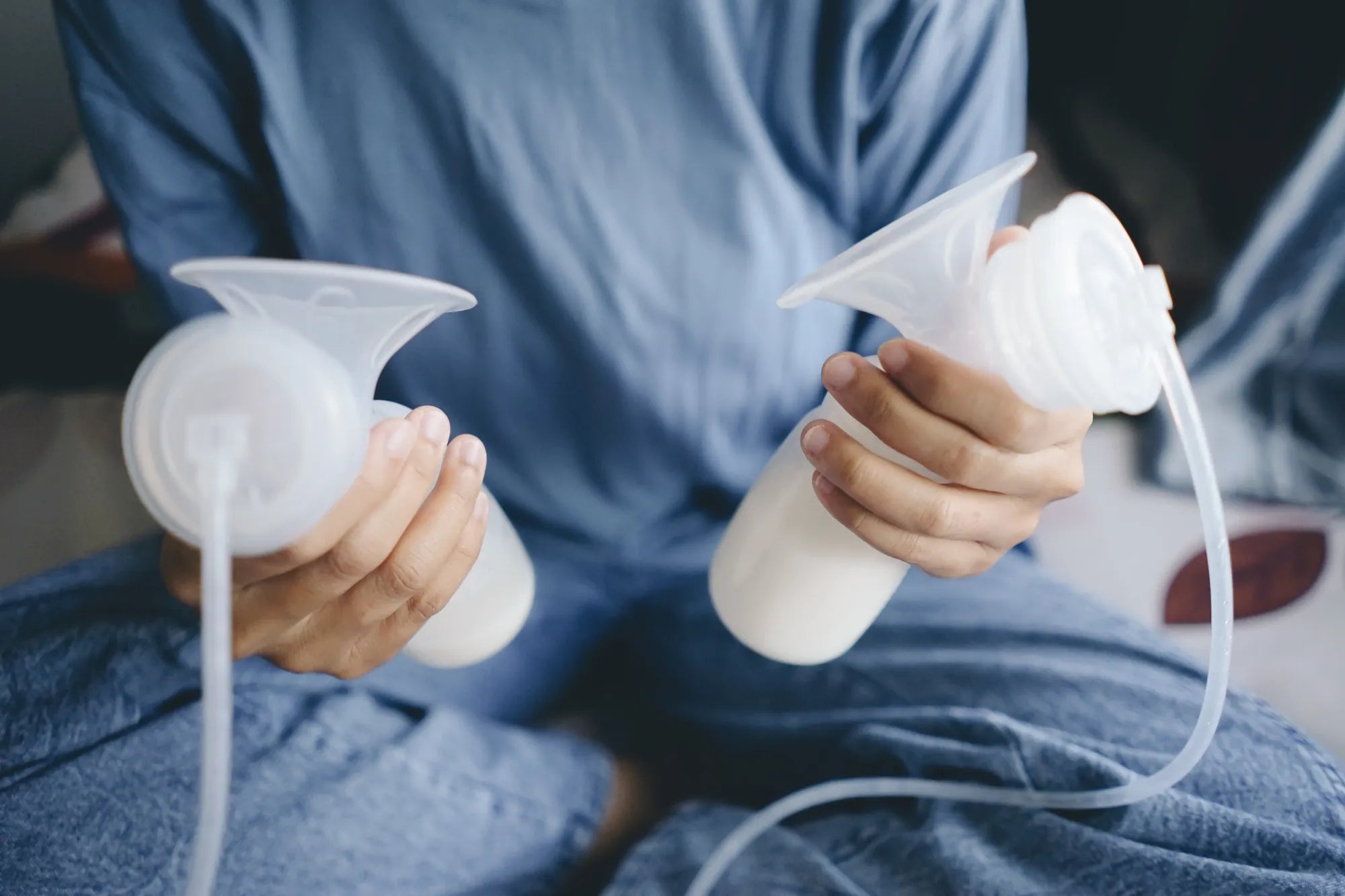Home
Pregnancy, Breastfeeding, and Pumping: The Ultimate Guide for Moms
Can I Pump Only One Breast? Exploring the Possibilities and Implications

Can I Pump Only One Breast? Exploring the Possibilities and Implications
Breastfeeding and pumping are deeply personal experiences, and every parent’s journey is unique. One question that often arises is: Can I pump only one breast? The answer is yes, but it’s essential to understand the implications, benefits, and potential challenges of this practice. Whether you’re considering pumping one breast for convenience, health reasons, or personal preference, this article will guide you through everything you need to know.
Why Would Someone Pump Only One Breast?
There are several reasons why someone might choose to pump only one breast. For some, it’s a matter of comfort or convenience. Others may have specific health concerns or breastfeeding challenges that make pumping one breast more practical. Here are some common scenarios:
- Asymmetrical Milk Supply: Some parents notice that one breast produces more milk than the other. Pumping only the more productive breast can help maintain or increase milk supply in that side.
- Engorgement or Blocked Ducts: If one breast becomes engorged or develops a blocked duct, pumping that breast can provide relief and prevent complications like mastitis.
- Comfort: Pumping both breasts simultaneously can be uncomfortable for some parents. Pumping one breast at a time may feel more manageable.
- Time Constraints: Busy schedules or limited time may make it easier to pump one breast while multitasking or caring for a baby.
Benefits of Pumping Only One Breast
Pumping only one breast can offer several advantages, depending on your circumstances. Here are some potential benefits:
- Improved Comfort: For parents who find pumping both breasts uncomfortable or overwhelming, focusing on one breast at a time can make the process more pleasant.
- Targeted Milk Removal: If one breast has a higher milk supply or is prone to engorgement, pumping that breast can help balance milk production and prevent discomfort.
- Flexibility: Pumping one breast allows you to continue breastfeeding or caring for your baby with the other breast, providing greater flexibility in your routine.
- Reduced Equipment Needs: Pumping one breast may require fewer accessories or less equipment, making the process simpler and more efficient.
Potential Challenges of Pumping Only One Breast
While pumping only one breast can be beneficial, it’s important to be aware of potential challenges. Here are some considerations to keep in mind:
- Uneven Milk Supply: Pumping only one breast may lead to an imbalance in milk production between the two breasts. Over time, the unpumped breast may produce less milk.
- Reduced Overall Milk Supply: If you’re exclusively pumping one breast, your total milk supply may decrease, especially if the unpumped breast is not stimulated regularly.
- Engorgement in the Unpumped Breast: Skipping pumping sessions on one breast can lead to engorgement, discomfort, or even blocked ducts in that side.
- Time-Consuming: Pumping one breast at a time may take longer than pumping both breasts simultaneously, which could be inconvenient for busy parents.
How to Pump Only One Breast Effectively
If you decide to pump only one breast, there are strategies to make the process more effective and comfortable. Here are some tips:
- Alternate Breasts: If you’re pumping one breast at a time, consider alternating between breasts to maintain a balanced milk supply.
- Use a Single Pump: A single breast pump is designed for pumping one breast at a time and can be more comfortable and efficient for this purpose.
- Massage and Compress: Gently massaging and compressing the breast while pumping can help maximize milk removal and prevent engorgement.
- Monitor Milk Supply: Keep an eye on your milk supply in both breasts. If you notice a significant imbalance, consider adjusting your pumping routine.
- Stay Hydrated and Nourished: Maintaining a healthy diet and staying hydrated can support milk production, even if you’re pumping only one breast.
When to Seek Professional Advice
If you’re unsure whether pumping only one breast is the right choice for you, or if you’re experiencing challenges like low milk supply or discomfort, it’s a good idea to consult a lactation consultant or healthcare provider. They can provide personalized guidance and support to help you make informed decisions about your breastfeeding and pumping journey.
Frequently Asked Questions
Here are some common questions parents have about pumping only one breast:
- Will pumping only one breast affect my milk supply? Pumping only one breast can lead to an imbalance in milk production, but alternating breasts or adjusting your routine can help maintain supply.
- Can I breastfeed on one side and pump on the other? Yes, many parents breastfeed on one side while pumping on the other to save time and maintain milk supply.
- Is it normal for one breast to produce more milk than the other? Yes, it’s common for one breast to produce more milk than the other. Pumping only the more productive breast can help manage this imbalance.
- How often should I pump if I’m only pumping one breast? The frequency of pumping depends on your milk supply and breastfeeding goals. A lactation consultant can help you create a pumping schedule that works for you.
Pumping only one breast can be a practical and effective option for many parents, but it’s important to weigh the benefits and challenges. By understanding your body’s needs and seeking professional advice when necessary, you can create a pumping routine that supports your breastfeeding journey and meets your unique needs. Whether you’re pumping one breast for comfort, convenience, or health reasons, remember that every drop of milk you provide is a precious gift to your baby.
Share


